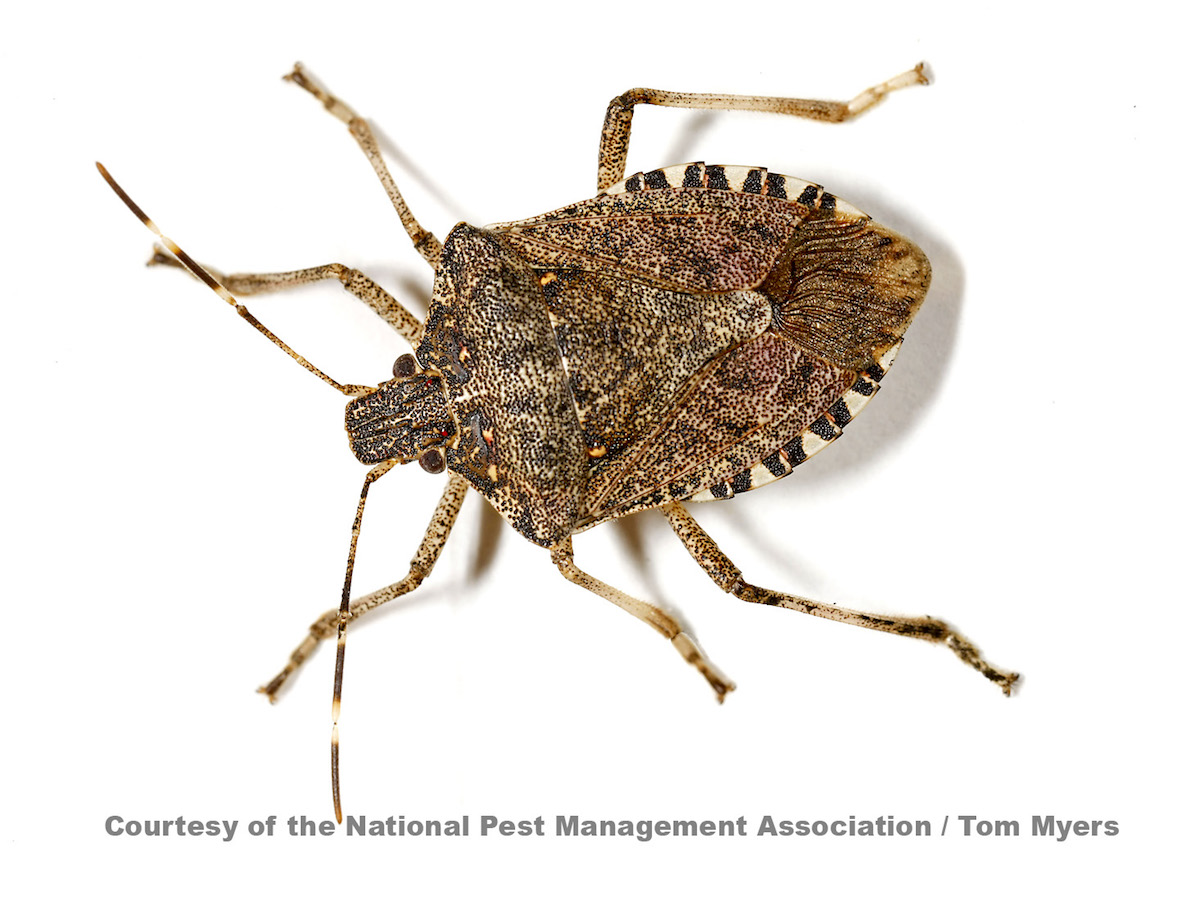Stink Bug Identification
Pest Stats
Color
Mottled grayish-brown
Legs
6
Shape
Triangular or shield
Size
3/4" long
Antennae
Yes
Region
Found in the eastern half of the U.S., as well as California, Oregon, Washington, Arizona, New Mexico and Texas
What Do Stink Bugs Look Like
Stink bugs are described in several different ways. They are characterized as both “large, oval-shaped insects” and “shield-shaped insects.” Adult stink bugs can reach almost 2 cm in length. They are nearly as wide as they are long. Their legs extend from the sides, so this makes the adult bugs appear even larger. The brown marmorated stink bug is a brownish stink bug. It has lighter bands on the antennae and darker bands on the wings.
Adult stink bugs are good fliers and fold their wings on top of their body when they land. Nymphs do not have fully developed wings. The wings appear when the nymph becomes an adult. Fully developed wings are a way to identify adult stink bugs.
Immature stink bugs, called nymphs, are very tiny when they hatch from their eggs. Nymphs of the brown marmorated stink bug are yellow and red. As they grow, the yellow fades to white. They have bright red eyes during the nymph stage of their life cycle. The nymphs molt or shed their skin five times. Each time a stink bug nymph molts, it becomes larger. By the last molt, the nymphs are almost as large as adult stink bugs.
Signs of an Infestation
Homeowners often first detect stink bugs by their mass invasions in the fall. Finding large numbers of live or dead stink bugs is a telltale sign of an infestation. Stink bugs will turn up on sunny sides of homes where they warm themselves. Growers often detect an infestation by the damage they cause to their crops.
If an infestation has developed inside the home or building, contact a licensed stink bug control professional to evaluate and assess the severity problem and help to identify the access points for this invasive species.











